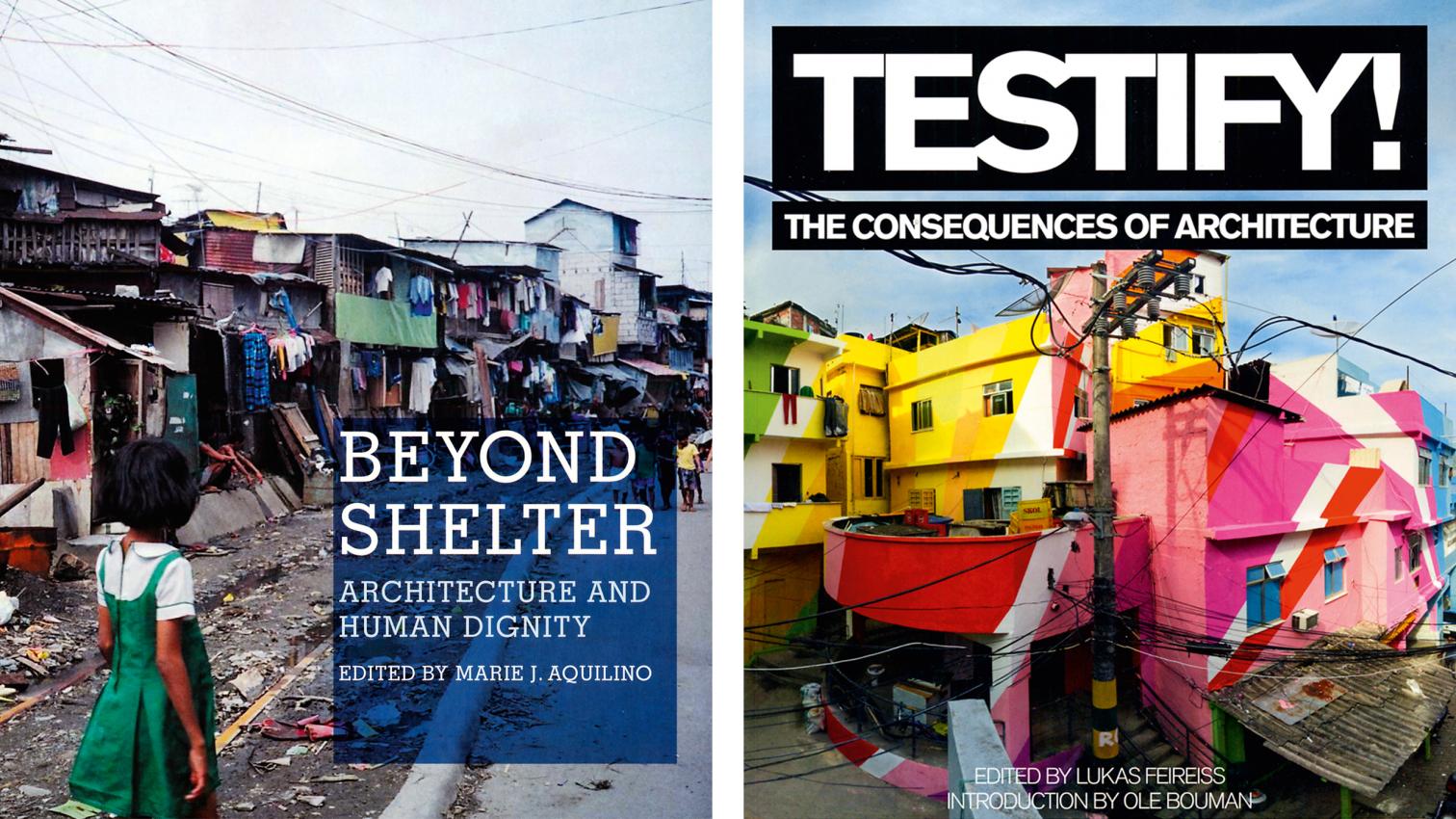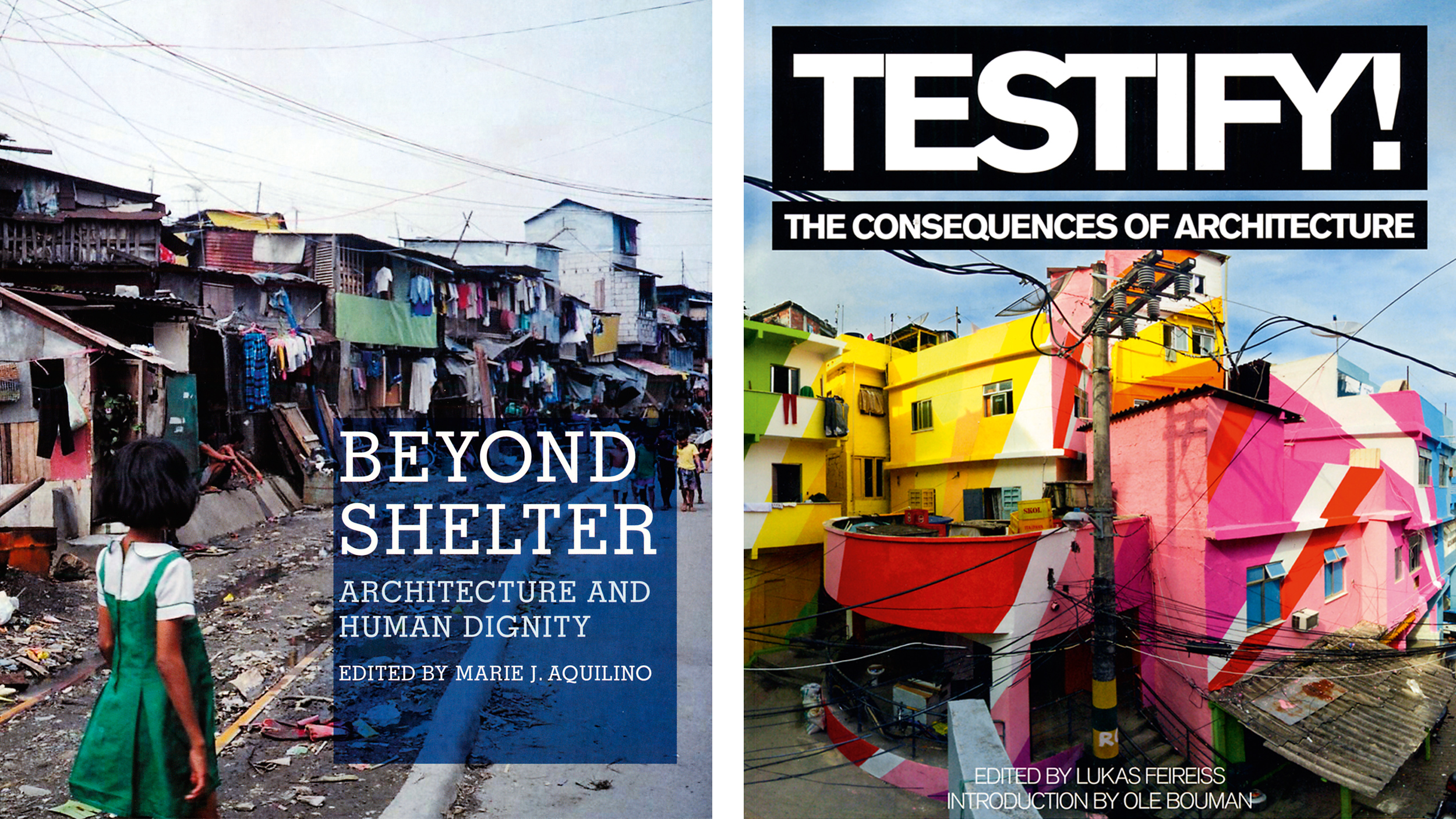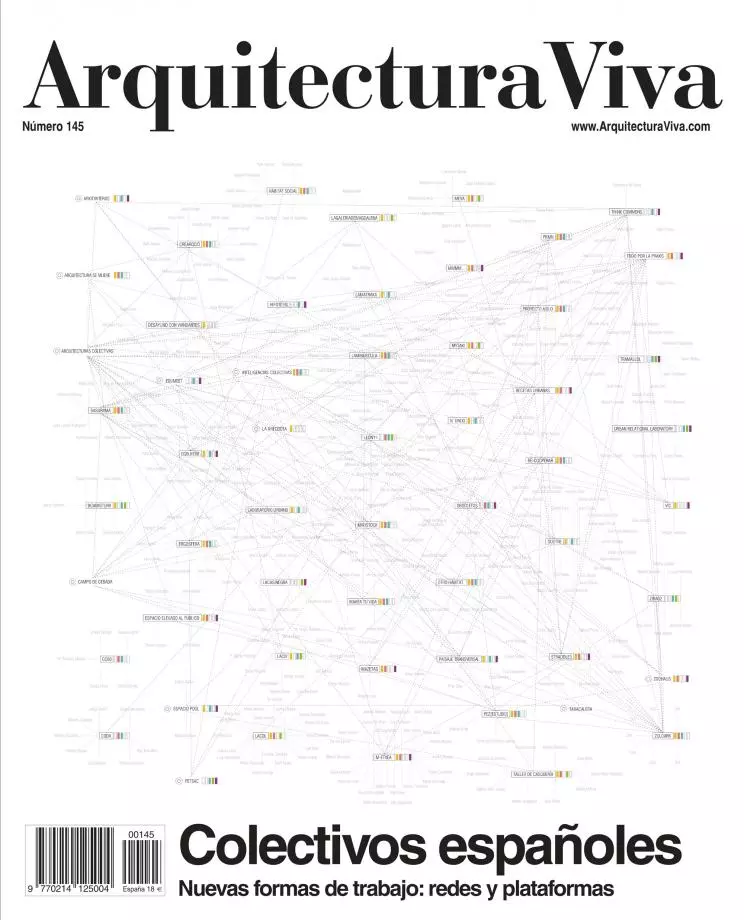
The turbulence of recent times affects all areas of our society, and of course also architecture. In Spain, the collapse of the economy in general and of the sector in particular has led to the inevitable questioning of professional fundamentals, something that does not cease to happen, as this pair of books demonstrates, in less affected countries. Whatever the profession, the fact is that the diversity of work that architects do has been simplified by the media, and has come to be associated in the eyes of the public with the image of the aesthete architect. Therefore, works such as these two, which portray the broader professional landscape of architects, are especially welcome. Both books compose a dialogue that can be inserted into this current of rethinking the profession. They both refer to its apparent self-absorption and disconnection from the serious problems affecting society, but they approach it from very different approaches.
The first, Beyond shelter, points out that only three percent of the built environment in the world has been under the supervision of an architect, and that his or her intervention is scarce but very beneficial in reconstruction after catastrophes of all kinds and in the prevention of these disasters. According to the editor, Marie J. Aquilino, the reasons for their limited involvement are to be found in the inertia of the institutional conglomerate of humanitarian aid and in the limited interest that these works arouse among architects themselves.
Edited by Lukas Feireiss, Testify! The consequences of architecture seeks to show, along with the exhibition of the same name that accompanies the publication of the work, that the positive transformations resulting from architectural interventions are more so in those cases where users are placed at the core of the project's concerns and are part of its ideation. In order to focus on the consequences of architecture on the intentions of the projects, he dispenses almost entirely with giving voice to the authors, and shows rather, through the use of the interview, the impressions of all kinds of people involved in the realization of the works or in their subsequent use.
It is a coincidence that the two books contain 25 examples of architecture or urban actions scattered around the world, and whose objectives sometimes overlap. That is where the similarities end, for Beyond shelter offers a dense and detailed account from the perspective of architects and urban planners of their work in situations of misery, disaster prevention or reconstruction. It is an eminently discursive work, focusing more on the processes than on the finished buildings. The long dissertations of the protagonists offer us a first-hand account of the technical, economic and institutional difficulties that hinder the action of non-governmental organizations and governments, and of how the involvement of the host communities and the existence of funds are not enough to achieve satisfactory results, for which it is essential to have trained experts. Thus, throughout six chapters it is argued that the skills of project management, reconciliation of multiple interests and projection that are essential to the work of any architect but not always highly valued, are crucial in the field of cooperation. As for the projects exhibited in Testify! The consequences of architecture, these are not limited to interventions in poor countries, and cover a broader spectrum in terms of their purposes, divided into four chapters devoted respectively to architectural projects of varying scale, to novel urban interventions, to educational and community spaces, and to innovative research initiatives on architecture and its impact. In this case, however, rather than reinforcing the traditional figure of the architect, we defend the need for him to intervene in processes of looser hierarchies in which users have a greater voice.
The current crisis has particularly affected architects. However, as these two works show, these professionals have the necessary skills to adapt to the times, to develop new approaches and to face the most diverse challenges.








